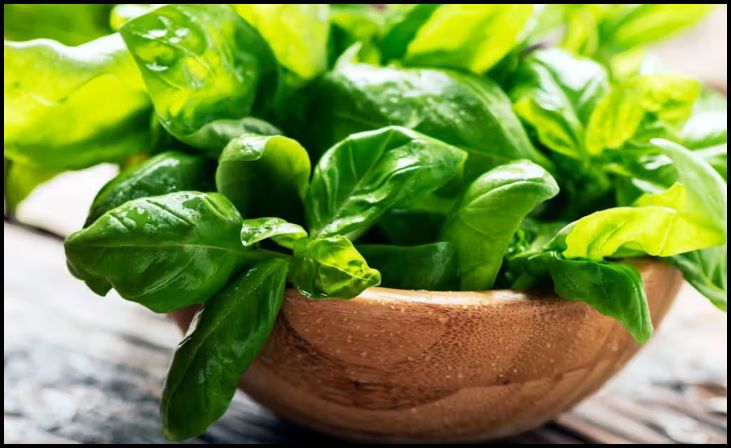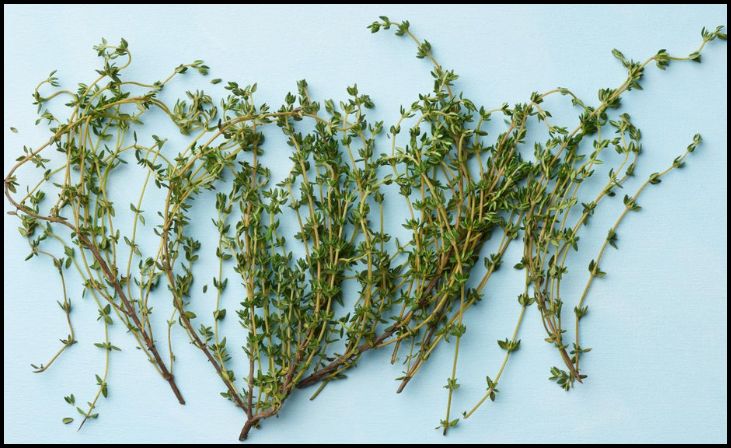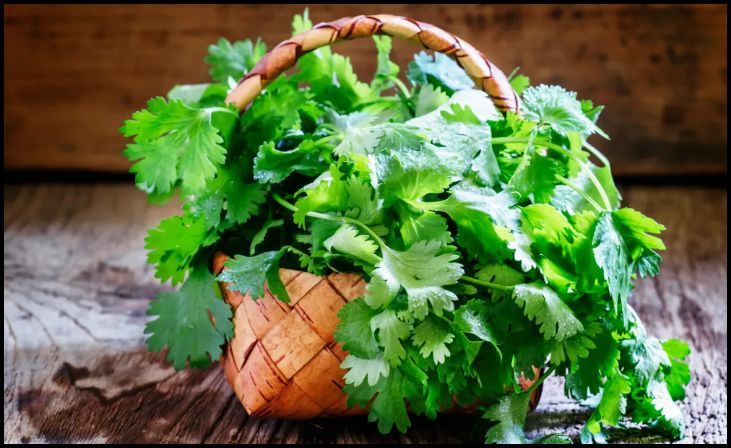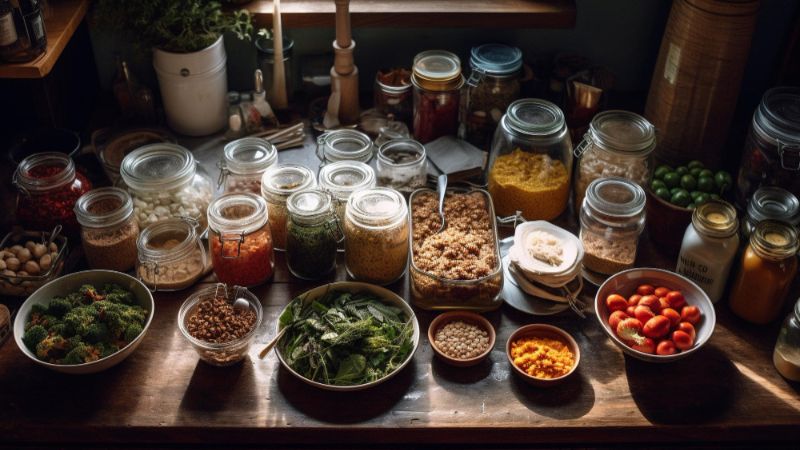Bringing the vibrant flavors of fresh herbs into your kitchen is not only a culinary delight but also a rewarding experience. Cultivating herbs indoors offers the convenience of having them at your fingertips all year round, regardless of the season. Whether you’re a seasoned chef or an amateur cook, having a small indoor herb garden can elevate your dishes to new heights. Here are eight herbs that are not only easy to grow indoors but also promise to enhance your cooking with their aromatic flavors and nutritional benefits.
Basil:

Known as the “king of herbs,” basil adds a burst of freshness and aroma to a wide range of dishes. Its sweet and peppery flavor pairs well with tomatoes, garlic, and olive oil, making it a staple in Italian cuisine. To grow basil indoors, ensure it receives ample sunlight and well-drained soil. Regular pruning encourages bushier growth and ensures a continuous supply of fresh leaves for your culinary endeavors.
Mint:
With its refreshing flavor and cooling effect, mint is a versatile herb that complements both sweet and savory dishes. From refreshing beverages like mojitos and teas to savory dishes like salads and sauces, mint adds a delightful twist to any recipe. Mint thrives in moist soil and indirect sunlight, making it ideal for indoor cultivation. However, it’s essential to contain its growth as it can quickly spread and overtake other plants.
Parsley:
Parsley is more than just a garnish – it’s a nutritional powerhouse packed with vitamins and antioxidants. Its mild, slightly peppery flavor makes it a versatile addition to soups, salads, and marinades. When growing parsley indoors, ensure it receives moderate sunlight and well-drained soil. Regular watering and occasional pruning will promote healthy growth and ensure a steady supply of fresh parsley for your culinary creations.
Thyme:

With its earthy aroma and subtle lemony flavor, thyme is a favorite herb in Mediterranean cuisine. It pairs well with roasted meats, poultry, vegetables, and stews, adding depth and complexity to dishes. Thyme is relatively low-maintenance and thrives in bright, indirect sunlight. Its drought-tolerant nature makes it suitable for indoor cultivation, provided it’s grown in well-drained soil and allowed to dry out between waterings.
Rosemary:
Rosemary’s robust flavor and woody aroma make it a popular choice for enhancing the taste of grilled meats, roasted vegetables, and bread. This aromatic herb is known for its resilience and can thrive indoors with proper care. It prefers bright sunlight and well-drained soil, and it’s essential to avoid overwatering, as rosemary is susceptible to root rot. Regular pruning helps maintain its shape and encourages healthy growth.
Chives:
Chives are prized for their delicate onion flavor and vibrant green color, making them a versatile addition to salads, soups, omelets, and dips. Unlike other herbs, chives thrive in partial shade and moist soil, making them an excellent option for indoor cultivation. Regular harvesting encourages new growth, and dividing the plant every few years helps maintain its vigor. With minimal care requirements, chives are an easy-to-grow herb that adds a punch of flavor to your dishes.
Oregano:
Oregano’s robust flavor and aroma are synonymous with Italian cuisine, where it’s used to season pasta sauces, pizzas, and grilled meats. This hardy herb thrives in warm, sunny conditions and well-drained soil, making it well-suited for indoor cultivation. Oregano is relatively drought-tolerant but benefits from occasional watering to keep the soil evenly moist. Regular pruning prevents it from becoming too leggy and encourages bushier growth.
Cilantro:

Cilantro, also known as coriander, is a staple herb in many global cuisines, prized for its bright flavor and citrusy aroma. It’s commonly used in salsas, curries, stir-fries, and marinades, adding a refreshing touch to savory dishes. Cilantro prefers cooler temperatures and partial sunlight, making it an excellent candidate for indoor cultivation. However, it’s essential to harvest it regularly to prevent it from bolting, as cilantro has a tendency to go to seed quickly.
Conclusion:
Cultivating herbs indoors is a rewarding endeavor that not only enhances your cooking but also brings a touch of freshness and vitality to your home. Whether you’re a novice gardener or a seasoned cook, growing herbs indoors is a simple and enjoyable way to elevate your culinary creations. With the right care and attention, these eight herbs will thrive indoors, providing you with a continuous supply of fresh flavors to enhance your cooking all year round.



